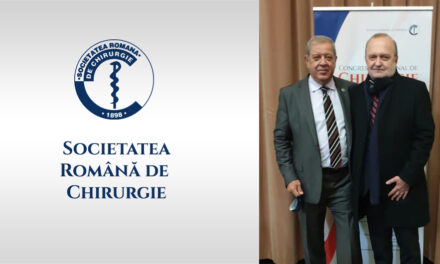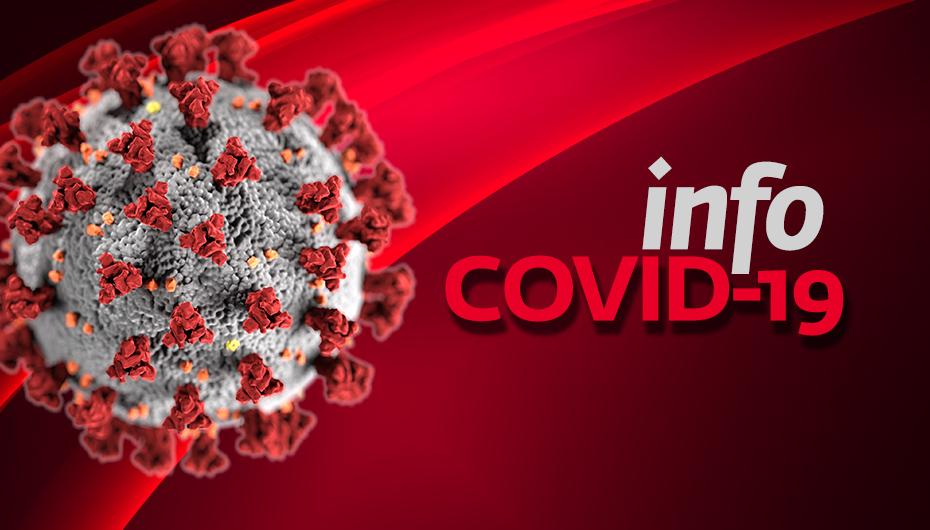This Funding Opportunity Announcement (FOA) is to provide an avenue for basic scientists, clinicians and clinical scientists to jointly initiate and conduct translational research projects which translate basic research findings into clinical tools for better human health. The scope of this FOA includes a range of activities to encourage translation of basic research findings which will impact the diagnosis, treatment and prevention of communication disorders. Connection to the clinical condition must be clearly established and the outcomes of the grant must have practical clinical impact.
Open Date (Earliest Submission Date) : September 18, 2017, Letter of Intent Due Date(s): 30 days prior to the application due date Application Due Date(s): October 18, 2017; June 19, 2018; February 20, 2019; October 18, 2019; June 18, 2020; by 5:00 PM local time of applicant organization. All types of non-AIDS applications (https://grants.nih.gov/grants/guide/pa-files/PAR-17-184.html#Application%20Types%20Allowed) allowed for this funding opportunity announcement are due on these dates.
Applicants are encouraged to apply early to allow adequate time to make any corrections to errors found in the application during the submission process by the due date.
Research conducted under this FOA is expected to include human subjects. Preclinical studies in animal models are allowed only for a candidate therapeutic that has previously demonstrated potential for the treatment of communication disorders. The scope of this FOA allows for a range of activities encouraging the translation of basic research findings to practical impact on the diagnosis, treatment and prevention of deafness and other communication disorders.
Possible goals include, but are not limited to:
- Biochemical, electrophysiological and behavioral assays to enhance diagnostic capabilities.
- Pharmacology (toxicity) and pharmacokinetic studies for candidate therapeutics that have demonstrated potential for the treatment of communication disorders.
- Preclinical animal research for dosage studies and toxicity when a subsequent Phase I/II clinical trial is planned.
- Studies to test the efficacy of highly promising interventions in animal models of disease.
- Development of tools and techniques for better diagnostics or therapeutics, including but not limited, to drug delivery devices, neuro-electrical stimulators and recording devices.
- Development of screening tests, including biomarkers, to identify individuals at risk for a communication disorder to allow for early intervention.
- Development and testing of new tools to better target the treatment to the individual patient and to better predict patient response or prognosis.
- Development of sensitive and objective tools and technologies for clinical decision matrices.
- Development and testing of innovative prevention and treatment paradigms and processes using discoveries from biological, psychological, and social sciences.
- Development and testing of surgical techniques with the goal of providing better patient performance.
- Development and assessment of new data collection, measurement and recording instruments leading to better diagnostic, evaluation and assessment paradigms.
- Modification of laboratory measures of function or laboratory treatment protocols for use in clinical settings.
This FOA is not intended for outcomes/health services research, the extension of ongoing clinical studies, the optimization of current clinical protocols, or pre-translational studies (early stage proof of concept or developmental work premature to direct clinical relevance). Basic discovery research is not appropriate under this FOA.
Individuals wishing to submit a Phase I/II clinical trial of preliminary efficacy are directed to the NIDCD Clinical Trial Website for further guidance: https://www.nidcd.nih.gov/funding/types/clinical-trial-cooperative-agreements
Award Budget: Application budgets are not limited but need to reflect the actual needs of the proposed project.
Award Project Period: The scope of the proposed project should determine the project period. The maximum period is 5 years.
More information on the call announcement, eligibility and submission tool: https://grants.nih.gov/grants/guide/pa-files/PAR-17-184.html
…and there are more hundreds of other calls that might interess you:







